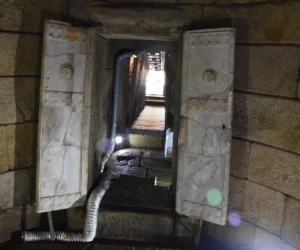The Magnificent Tomb of Seuthes III The Tomb of Seuthes III, located near Kazanlak, Bulgaria, is one of the most elaborate tombs in the Valley of the Thracian Rulers. Seuthes III, the King of the Odrysian Kingdom of Thrace from around 331 to 300 BC, founded the nearby Thracian city of Seuthopolis. This grand tomb…
Thracians
The Thracians were an ancient group who inhabited an area in Southeast Europe, which now encompasses modern-day Bulgaria, Greece, and Turkey. From as early as 2000 BCE until being absorbed by the Roman Empire in the first century AD, the Thracians developed a rich culture that is still being unraveled by historians and archaeologists today. Not a unified empire, the Thracians were a collection of tribes that shared similar languages, customs, and art. They were known for their skills in horse-riding, metalwork, and warfare. Despite their lack of a centralized state, the Thracians exerted substantial cultural influence in the region.
Who were the Thracians? Ancient writers such as Herodotus described them as a powerful people, numerous and formidable in war; their warriors were renowned for their bravery and skill in battle. The Thracians were also known for their elaborate religious ceremonies and burials, which included rich grave goods that have been discovered in burial mounds across their former lands. The Thracians left behind valuable treasures, like intricately worked gold and silver artifacts, stunningly displaying their artistry. While many aspects of their language and day-to-day life have been lost over time, the influence of the Thracians lives on in the cultural and historical fabric of Southeast Europe.
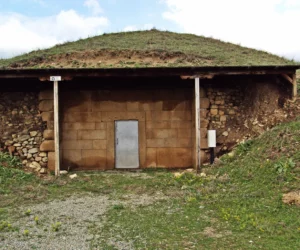
Thracian tomb Golyama Arsenalka
Thracian Masterpiece The Golyama Arsenalka, a Thracian burial tomb, stands out in the Valley of the Thracian Rulers. Discovered by Georgi Kitov, its unique domed chamber sets it apart. Located near Shipka and Sheynovo, this tomb is a marvel of Thracian architecture. Grand Design Finely worked granite blocks form the tomb’s core. A domed chamber…
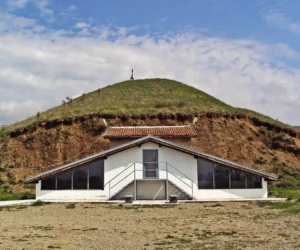
Ostrusha mound
Overview of the Ostrusha mound Bulgarian archaeologists found the Ostrusha Mound near Shipka in 1993. Built in the 4th century BC, it served as an important tomb for the Thracians. The complex has six chambers, totaling 100 square meters. One especially impressive chamber is made from two giant carved stones – a whopping 60 tons!…
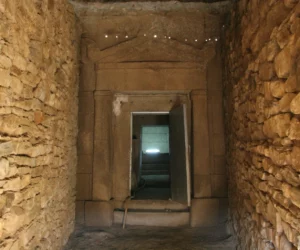
Thracian tomb Griffins
Overview of the Griffin Mound Tomb Located in Bulgaria’s Stara Zagora Province, between the town of Shipka and the village of Sheynovo, lies the Griffin Mound Tomb. Dating back to the late 5th to early 4th century BC, this tomb falls within the Thracian era. A team led by Associate Professor Georgi Kitov discovered the…
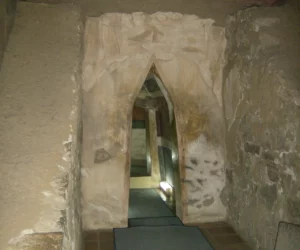
Thracian Tomb of Kazanlak
Overview of the Thracian Tomb of Kazanlak The Thracian Tomb of Kazanlak is located near Kazanlak, Bulgaria. It is a vaulted-brickwork “beehive” tomb. This site is part of a large royal Thracian necropolis. The necropolis lies in the Valley of the Thracian Rulers near Seuthopolis. Over a thousand tombs are in this region. The tomb…
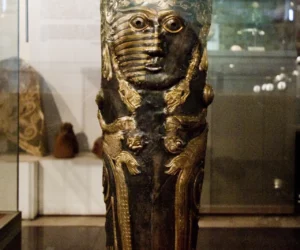
Mogilan mound
Mogilan Mound Overview The Mogilan Mound, also known as Mogilanska Mound, is located in Vratsa, Bulgaria. It’s a significant archaeological site likely dating back to the 4th century BC, based on artifacts discovered there. This tumulus sits at the coordinates 43°12′3″N 23°33′3″E. Excavations and Discoveries Archaeologists conducted excavations in 1965 and 1966, uncovering three stone-built…

